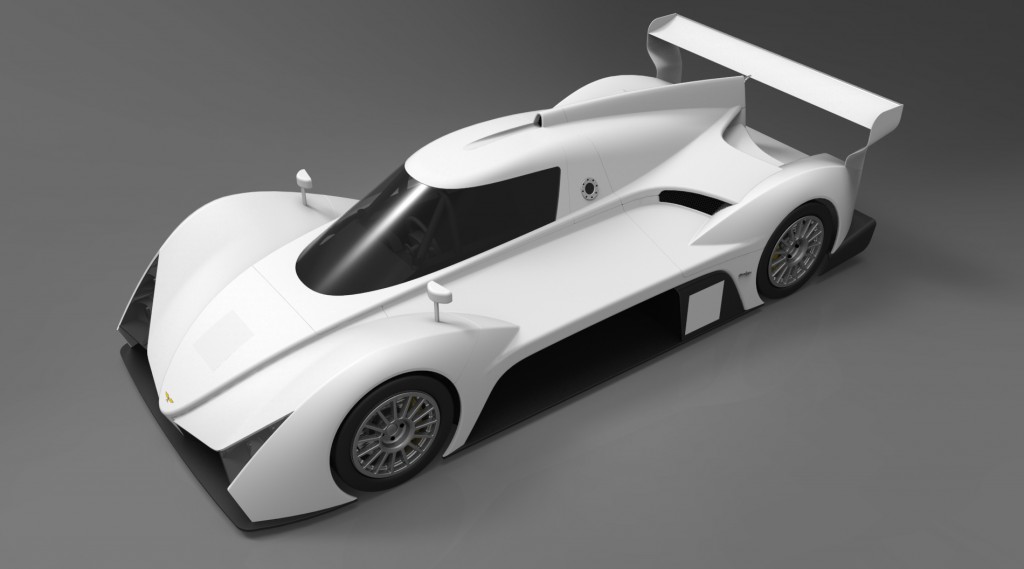Creating the customers car
What started off as an idea for a new small sports car, quickly developed into a reality that we could have never foreseen. Through the power of social media and making the best use of our motorsport contacts we have been able to not only develop a new small sports car, but we have been able to produce something based on the tastes of our fans and customers.
Early spring in 2013 presented a new challenge for us at Aquila HQ, with another successful year over at Autosport International, a new trend was spotted by our marketing team, and this was the need for a smaller, lighter, less powered sports car. This trend appeared bigger than we originally thought, not everyone wants a two seated all out high powered V8 sports car like the CR1 sports GT. So we sat together and planned the best way to start such project. We discussed finding the right suppliers, the level of performance, the competition, potential customers and we found ourselves coming up with the same question. What do our customers actually want?
So on the 31st March we completed an eight week long survey designed to assess the desires of our customers and fans. Instead of guessing, we thought it would be best to hold a survey and ask the motorsport community that follows our racing. We received input from race team owners, championship owners, drivers and fans from over 26 different countries with regards to how our new small sports car should be built, which was very flattering and an excellent start to the project.
The results we collected were very pleasing, and were far from unrealistic. We asked those taking part in the survey not to simply dream up the ultimate lightweight racer, as fun as that would be, but instead to design a sustainable product. Production and development costs were to be considered, as well as putting a value to their car. Some respondents made suggestions on mechanical components, with a handful going on to suggest names for the new car.


